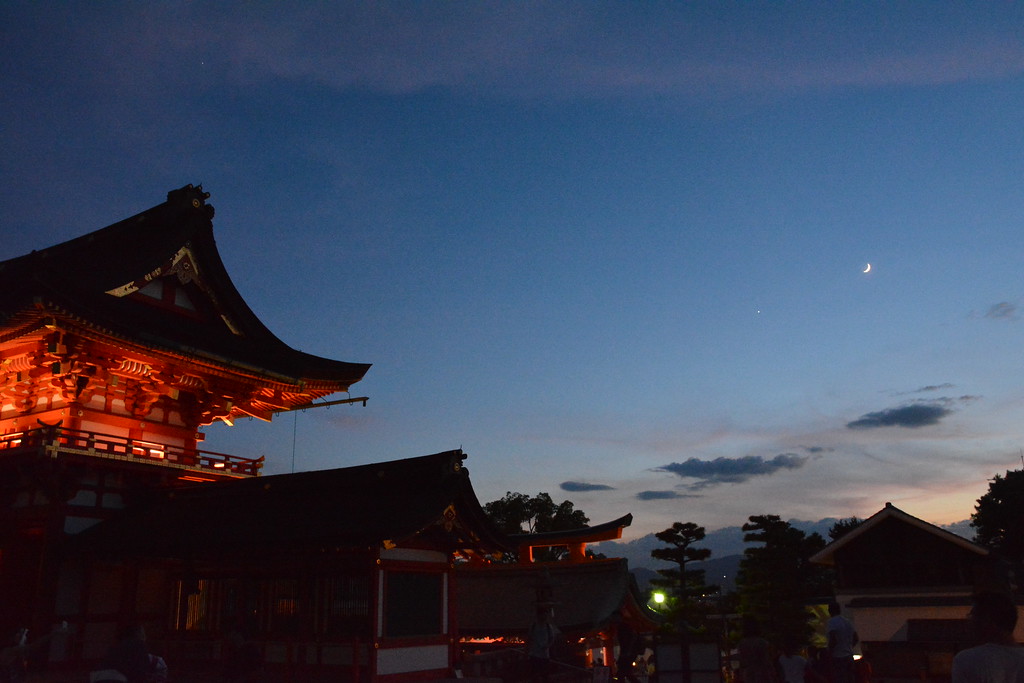Highlighting some books that I loved reading in 2018. These are not necessarily books that were published in 2018. (Before I get into the list, I loved three wonderful books by my colleagues this year: The Customer Centricity Playbook by Peter Fader and Sarah Toms, Never Stop Learning by Brad Staats, and The Blockchain and the New Architecture of Trust by Kevin Werbach. I am finishing the last one now). Business and Society: Bad Blood: Secrets and Lies in a Silicon Valley Startup by John Carreyrou is the most unputdownable book of the year. Here is my Review. The Great A&P and Struggle for Small Business in America by Marc Levinson is an excellent way to understand Amazon and its challenges. Automation and Artificial…
Leave a CommentTag: Automation
Here is an interesting article from the Wall Street Journal about the struggles of scaling Automation at UPS. (An interesting tidbit: UPS says about half its packages are processed through automated facilities today. At FedEx, 96% of ground packages move through automated sites. ) The article seems to blame the problems of UPS on the lack of automation and having unionized employees. I think the main problem may be that the automation at UPS has grown organically in a slapdash fashion. In fact, the relevant quote is: As online-shopping volume grew, UPS relied on what a former UPS executive calls “a Band-Aid” approach to upgrading its network, patching it up by adding extra shifts or extending hours, or retrofitting parts of older…
Leave a CommentI was in Japan this summer and met some wonderful Wharton alumni. Of course, fulfilling a childhood dream, I also had a chance to take the Shinkansen (Bullet train) a few times. Of course, in these days of disrepair of public transport systems such as the MTA and Amtrak, Shinkansen is an engineering marvel. But more than the engineering feat, what is impressive (of course, as an operations prof) was the nearly flawless operations of the Shinkansen. Shinkansen bullet trains leave south from train tracks in Tokyo every 7-9 minutes. This frequency is nothing short of amazing. If you consider the fact that the Hakari express takes 3 hours to get to Shin-Osaka station outside Osaka, there are 20-26 trains…
Leave a CommentThe past is more opaque than the future. Even when we know the “rough” history of what transpired, it is sometimes hard to imagine, how things were before the natural evolution into the current “normalcy” occurred. I imagine that, very soon, it would be astounding to consumers that Amazon did not own any stores, and Apple did not make any phones. How was life before that? In this respect, Barbara Garson’s The Electronic Sweatshop is revelatory, because it discusses a mind-and-place that is hard to imagine because many automated things came to be. For examples, she writes (Pg. 177), When typewriters were first introduced, their operators were also called “typewriters”. Later they became typists. So far in the electronic office,…
Leave a CommentHow to think about the role of Artificial Intelligence in Operations? Many people talk up AI, IoT, automation, etc, as the Fourth Industrial Revolution (following steam power, electricity, and computerization). Here is an example. I am more persuaded by the counter-arguments. For example, see a post by Luke Muehlhauser arguing there was only one industrial revolution, because one of the revolutions is substantively larger than, and different from the others, as exhibited in the figure below (data from the site). The Second Machine Age, by Erik Brynjolfsson and Andrew McAfee, which ironically, I read on paper, explores the effects of the rapid digitization and information technological advances (AI, Automation, etc) on the nature of work, wealth and society. Brynjolfsson and McAfee…
Leave a CommentEarlier last fall, walking in San Francisco, from the Caltrain station to Embarcadero, I came across a scene that is now etched in my memory. It was about 430 pm before the rush for evening dinner began. A group of restaurant workers, most of them Hispanic, stumbled out of a side door and were settling on the pavement of a by-lane, opening up packets of Chinese food that had just been delivered. They were clad in prim white kitchen wear, clean and tidy, which only highlighted the exhaustion on their faces, perhaps in anticipation of a long evening of toil. I continued walking around and came across the inviting doors of a Michelin-starred restaurant, emphasizing a contrast that is shockingly…
Leave a Comment